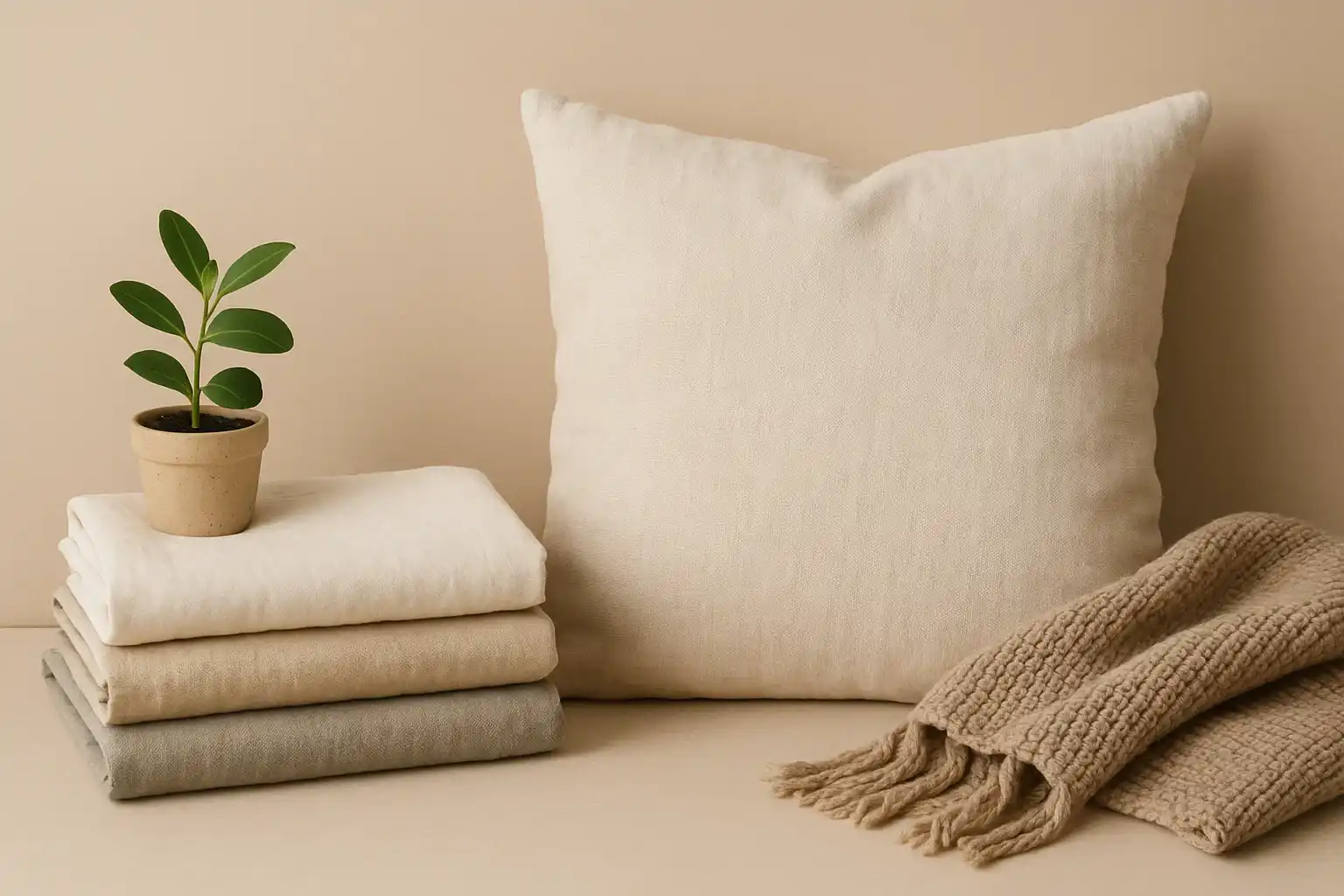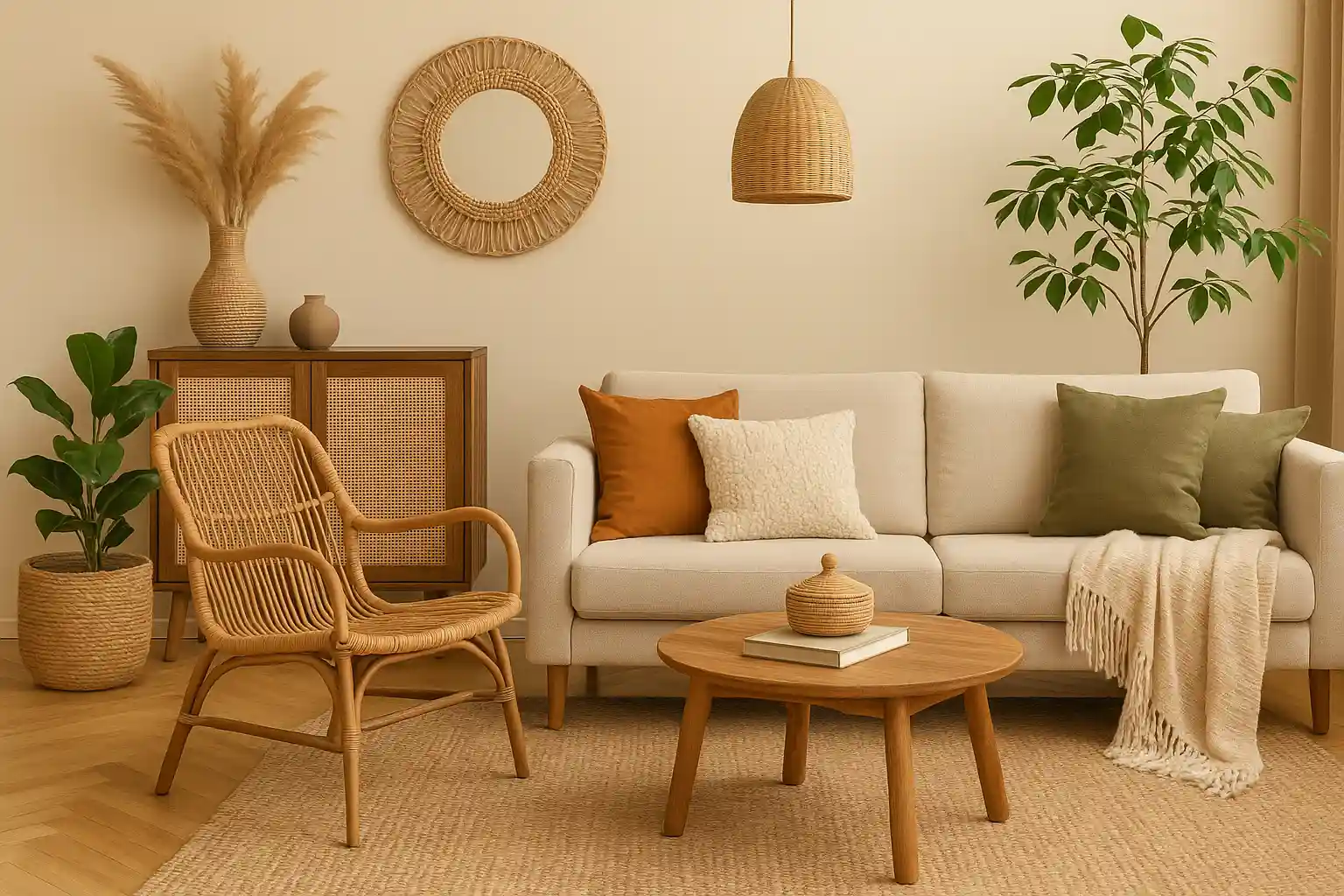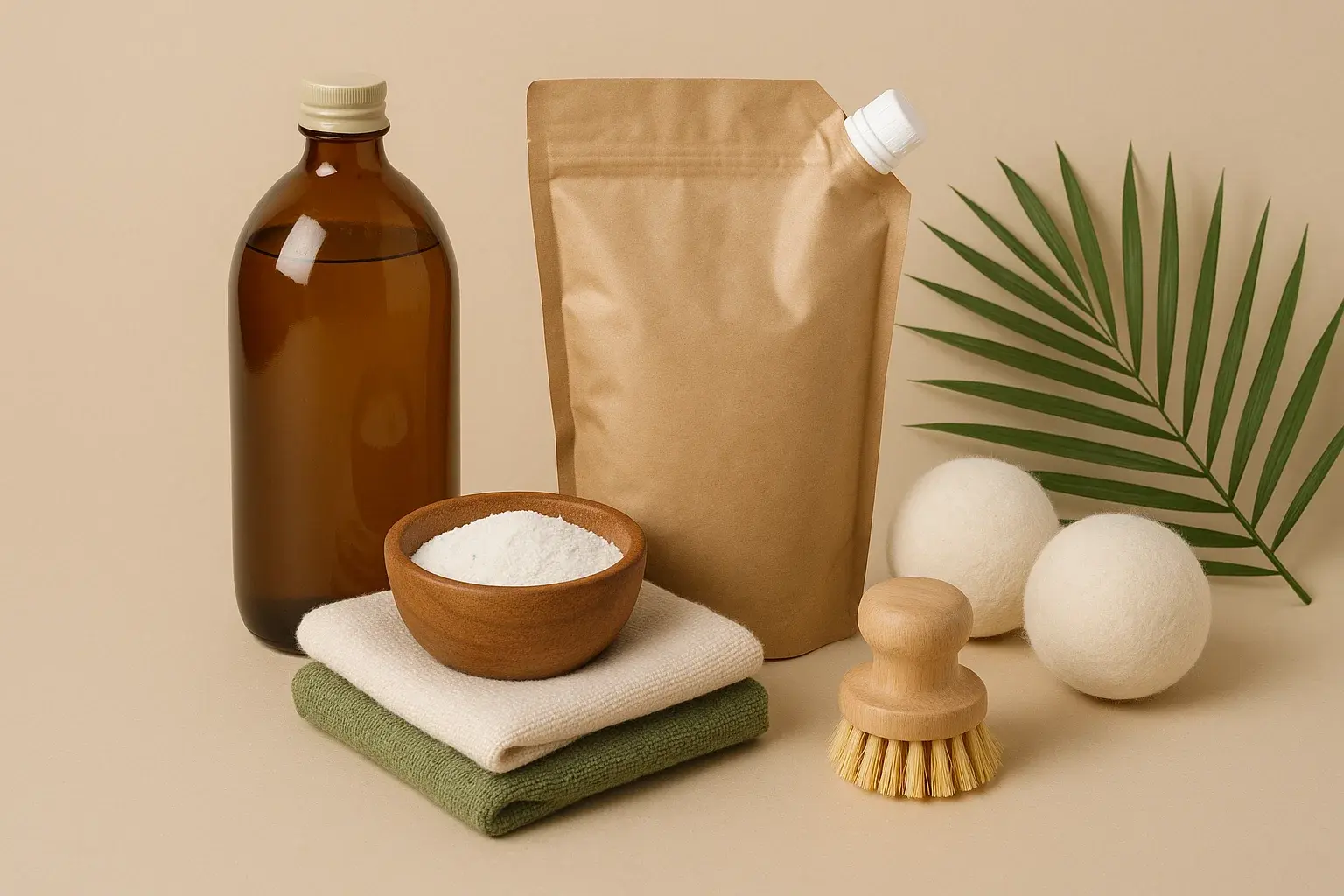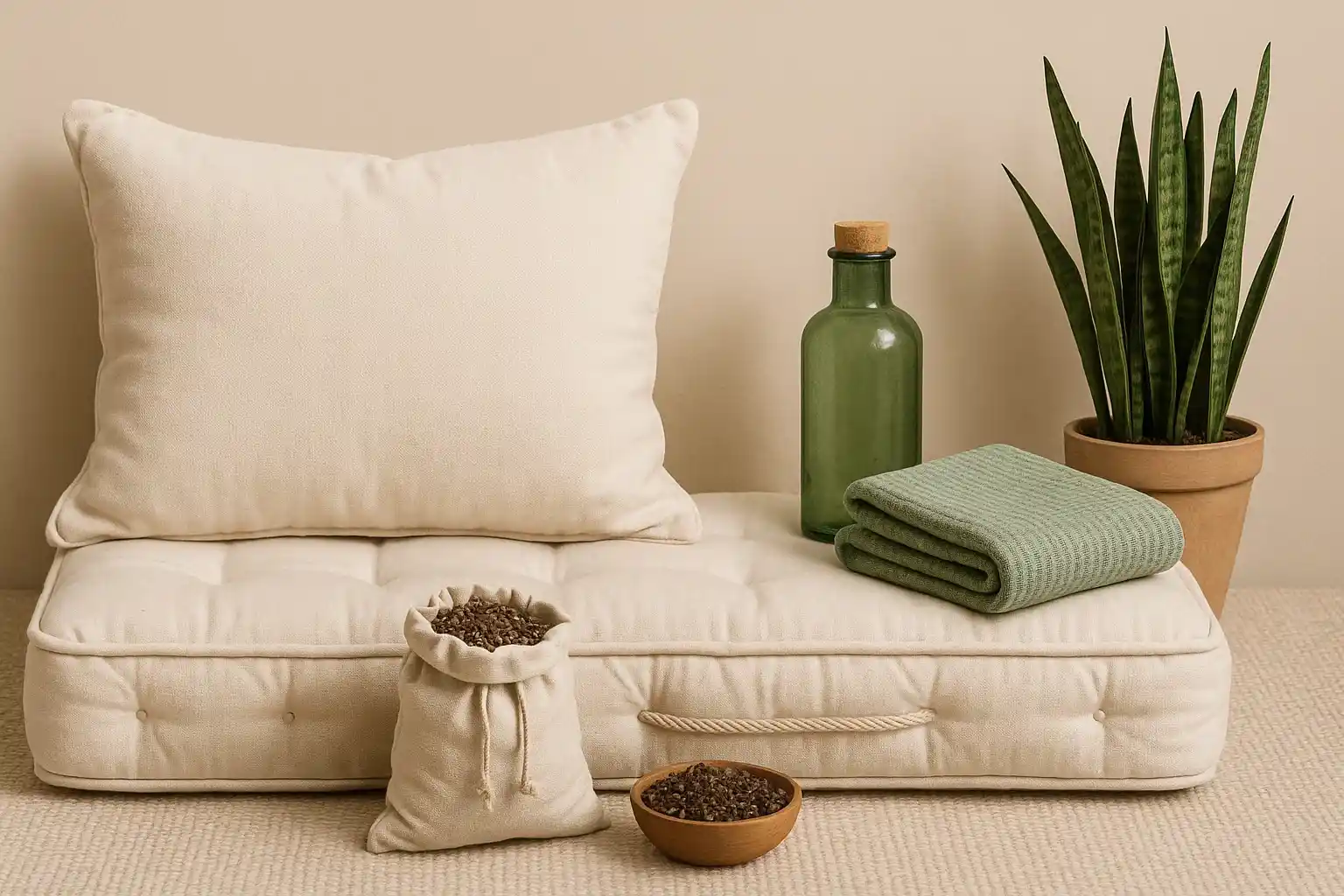Dressing Your Windows Sustainably: Choosing Non-Toxic Textiles for a Healthier Home

Curtains and blinds are more than just window coverings; they play a significant role in controlling light, providing privacy, insulating our homes, and contributing to the overall aesthetic of our living spaces. While synthetic fabrics like polyester and acrylic have become common choices for window treatments due to their affordability and perceived durability, their widespread use carries a hidden environmental and health cost. The production of these synthetic materials relies heavily on fossil fuels, and they can release volatile organic compounds (VOCs) into our indoor air. Furthermore, synthetic fabrics contribute to the pervasive problem of microplastic pollution, shedding tiny plastic fibers during use and washing. For those seeking a healthier and more sustainable home, opting for window treatments made from natural, breathable, and chemical-free textiles offers a significant step towards a more eco-conscious living environment.
The environmental impact of synthetic curtains begins with the extraction of fossil fuels, the raw materials for these fabrics. The manufacturing processes involved are energy-intensive and can release harmful chemicals into the air and water. Unlike natural fibers, synthetic materials are not readily biodegradable, persisting in landfills for centuries. Moreover, the shedding of microplastics from synthetic curtains during everyday use and laundering contributes to the growing problem of plastic contamination in our water systems and the wider environment. These microplastics can be ingested by aquatic life and potentially make their way up the food chain. Additionally, some synthetic fabrics are treated with chemical finishes that can release VOCs into our indoor air, potentially impacting our health, especially for individuals with sensitivities or respiratory issues.
Fortunately, a variety of beautiful and functional natural fibers offer compelling and sustainable alternatives for dressing our windows. By choosing curtains and blinds made from organic cotton, linen, or hemp, we can enhance the comfort and style of our homes while minimizing our environmental footprint and promoting healthier indoor air quality. These natural materials are often grown and processed with fewer chemicals, are biodegradable, and avoid the shedding of synthetic microplastics, offering a more responsible and eco-conscious solution for our window treatments.
Breathing Easy Behind Sustainable Drapery: Exploring Natural Textile Options
Nature provides us with a wealth of fibers that can be expertly woven into stunning and sustainable window coverings:
Organic Cotton Curtains: Softness, Purity, and Sustainable Growth
Organic cotton curtains offer a soft, breathable, and chemical-free alternative to synthetic options. Grown without the use of synthetic pesticides, herbicides, or genetically modified organisms, organic cotton prioritizes soil health, water conservation, and the well-being of farmers. Choosing organic cotton curtains ensures that you are bringing a natural and less toxic textile into your home. Brands like Under the Canopy and West Elm Organic offer a variety of stylish and ethically sourced organic cotton curtains in various weaves and weights, providing options for light filtering and room darkening.
Linen Drapes: Natural Elegance and Enduring Strength
Linen, derived from the flax plant, is another excellent natural fiber for window treatments. Known for its strength, durability, and beautiful drape, linen offers a timeless elegance to any room. Flax is a resilient crop that requires minimal water and pesticides, making linen a more sustainable choice compared to conventional cotton and synthetic fibers. Linen is also breathable and hypoallergenic. Rawganique specializes in organic hemp and linen textiles, offering chemical-free and sustainably produced drapes that enhance your home's aesthetic while respecting the environment.
Hemp Blinds: Durable Texture and Sustainable Cultivation
Hemp, a fast-growing and incredibly versatile plant, offers a durable and sustainable option for window blinds and curtains. Requiring minimal water and no pesticides or herbicides, hemp is a highly eco-friendly crop. Hemp fibers are strong and provide a unique textured look for window treatments. While perhaps less common than cotton or linen for curtains, hemp blinds and heavier drapes offer excellent light control and privacy while contributing to a more sustainable home. Brands focusing on natural and sustainable home textiles are increasingly incorporating hemp into their product lines.
Completing Your Eco-Home Upgrade: Considering Linings and Hardware
To further enhance the sustainability of your window treatments, consider the linings and hardware you choose:
- Natural Linings: If you require linings for light control or insulation, opt for those made from natural materials like organic cotton or unbleached cotton.
- Sustainable Hardware: Choose curtain rods and hardware made from sustainable materials like wood (FSC certified) or recycled metal instead of plastic.
- Minimal Packaging: Select curtains and blinds that come with minimal and recyclable packaging.
By consciously choosing natural and chemical-free textiles for your window treatments and considering sustainable hardware, you can enhance the beauty and functionality of your home while minimizing your environmental footprint and promoting healthier indoor air quality. Dressing your windows sustainably is a significant step towards a more eco-conscious and mindful way of living.
Related Blogs

5 Home Decor Trends That Nurture Your Space and the Planet
Insights on 5 home decor trends that are also earth-friendly in a sustainable way.

Laying the Foundation for a Greener Home: Your Eco Starter Kit
Insights on building an eco starter kit for your home in a sustainable way.

Step Softly on the Earth: Upgrading Your Home with Natural Floor Rugs
Choose biodegradable and non-toxic jute, organic cotton, or wool rugs over synthetic options.

Clean Laundry, Clear Conscience: Sustainable Swaps for Conventional Detergents
Switch to soap nuts, eco-enzyme cleaners, or plant-based detergents for toxin-free laundry.

Breathing Easier, Living Greener: The World of Eco Paints and Finishes for a Healthier Home
Insights on eco paints and finishes for a healthier home in a sustainable way.

Dreaming of a Greener Sleep: Choosing Natural Mattress Toppers for a Healthier Bed
Upgrade your sleep with non-toxic, breathable, and biodegradable latex, organic cotton, or wool toppers.
Stay in the Loop
Get tips and insights tailored to your interests — no spam, just sustainability.